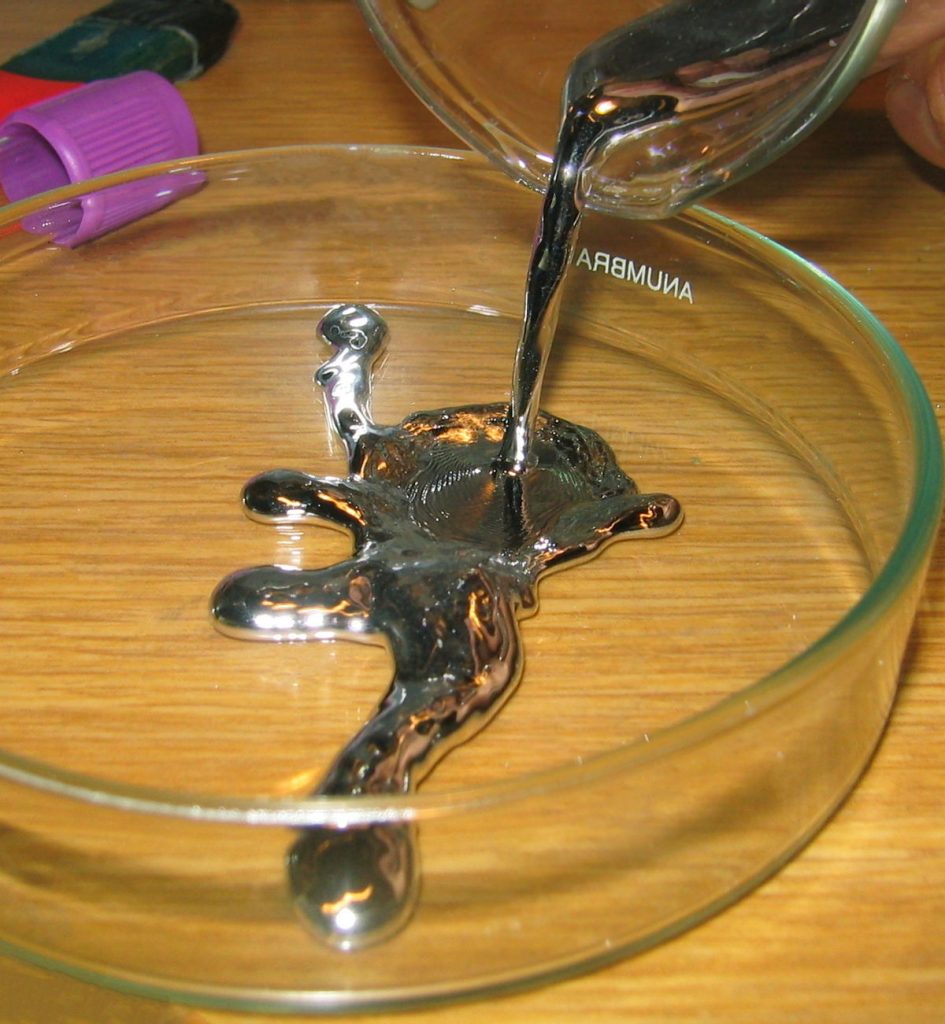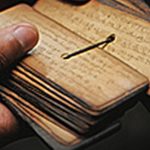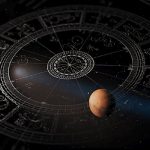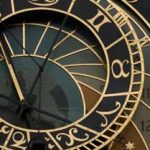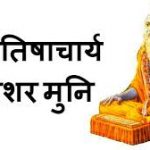The Siddhars are mystics who attained great powers through their spiritual practices. They had the power to transcend space and time. They are immortal and had the abilities to transform themselves. Siddhars had powers that included alchemy, medicine, spirituality and to transform their physical body.
The word Siddhar means one who has perfected mystical powers. Sage Agathiyar said that Siddhars are the 9 or the 18 in the list. However, he said that there were many who preceded these Siddhars and many who will come.
History Of Siddhars
The history of the Siddhars begins with the legend that Lord Shiva gave Goddess Parvathi the sacred knowledge. She shared it with Nandi Deva who in turn gave it to Saint Thirumoolar. The lineage of Siddha started here with the lineage spreading the divine knowledge through all of time.
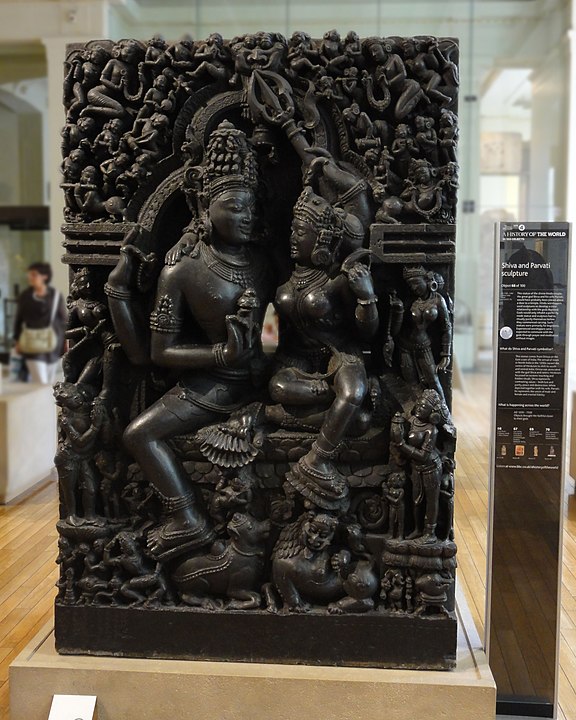
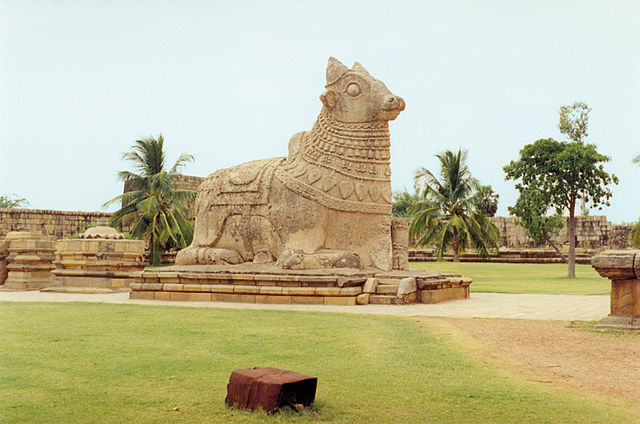
There are legends aplenty that reference the Siddhars and their powers. Though there are legends and temples of the Siddhars, there is no historic proof of their existence. Palm manuscripts written by the Siddhars are in private ownership and in institutions around the world. There is doubt about the authenticity of some of the manuscripts.
Literature
There is no mention of the word Siddhar in the Sangam literature or ancient Tamil. However, some scholars trace the concept of Siddha to the Sangam period which spans from 500 BCE to 500 CE or 300 BCE to 300 CE. It is linked with the development of Saivism in India and in South India particularly.

The Puranas mention the Siddhars in the same group as the Devarishis. They are said to be in the Jambu Dwipa on the Jarudhi, Kumudhaprabha and Sitanta mountain peaks and caves. They are also mentioned with the Devas, Demons, Yakshas etc.
The literature of the Tirumantiram by Tirumular mentions the word Siddhar. This work might date back to the 4th or 5th centuries CE. The word is not in any other text of this period. The word Siddhan refers to Siva as well as Buddha. So when presented with the historical evidence the Siddha literature and medicine date back to the 17th century. However, the people rever, respect and worship the Siddhars across Tamilnadu. They are believed to be immortal and to be in existence.
Siddhars keep the divine medicinal knowledge called Siddha medicine. Siddha medicine is practised in Tamilnadu. They founded Varmam a martial art used for medicine as well as self-defence. Siddha doctors read the pulse also known as Naadi to diagnose a person’s health problems.
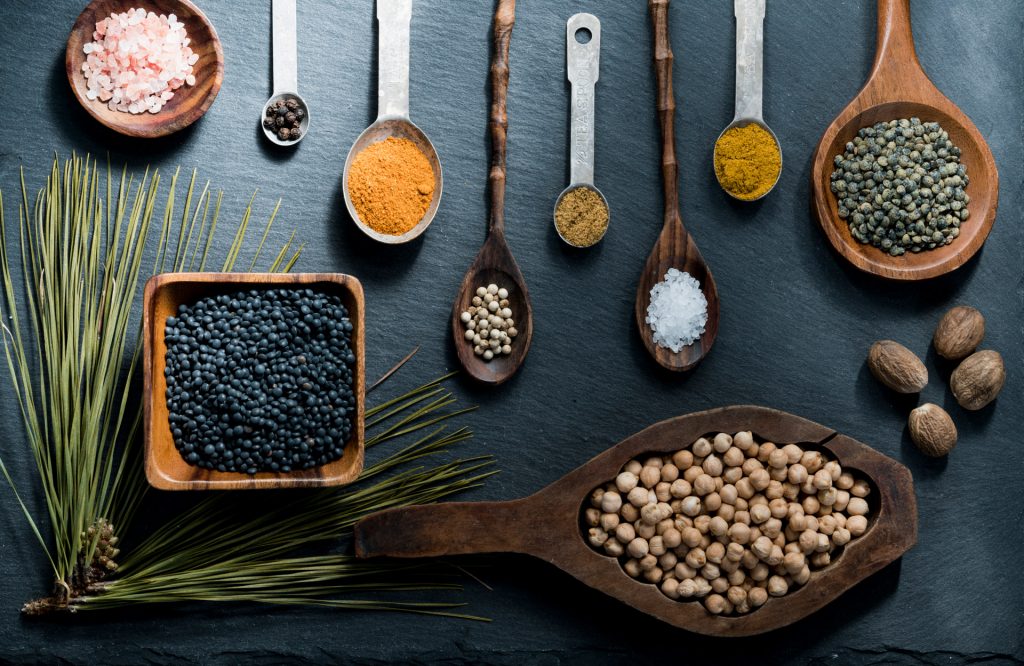
Abithana Chintamani
Abithana Chintamani is the very first encyclopedia of Tamil literature. It was written by A.Singaravelu Mudaliar (1855 – 1931). The list of Siddhars according to this book is as follows:
- Sathyanathar
- Sathoganathar
- Aadhinathar
- Anadhinathar
- Vegulinathar
- Madhanganathar
- Machaendranathar
- Gadaendranathar or Gajendranathar
- Korakkanathar
The Mystical Powers Of The Siddhars
The Ashta Siddhi or eight powers of the Siddhars as mentioned in the Thirumandiram are:
- Anima – Becoming as small as the atom within the atom
- Mahima – Becoming huge or limitless
- Laghima – levitation
- Garima – Becoming as heavy as a mountain
- Prapti – Transmigrating into another’s body
- Prakamya – Omnipervasive, being in all things
- Isatvam – Omnipotence
- Vasitvam – Omnipresence
The ten powers that the Bhagavata Purana attributes to the Siddhars are
- Unconcern about bodily needs such as hunger and thirst.
- Able to hear things that are far away
- Able to see things that are far away
- Teleportation or astral projection at will
- Shape-shifting
- Able to enter the body of another
- Death at will
- Partaking or witnessing the Gods’ pass times
- Ability to perfectly accomplish one’s wishes
- Ability to order and command
Alchemy And The Siddhars
Siddha literature has many references to alchemy as well as other topics. There are many methods to convert base metals to precious metals. These processes use extracts of herbs as well as Mercury. There is a confusion about the mention of Mercury in the texts, perhaps intentionally. The words Padarasam as well as Padaradham refer to Mercury. The four rigorous rites of Saivism are also Padam. So the texts could be referencing these rites instead of the chemical Mercury. The Padam rites are Cariyai, Kriyai, Yogam as well as Gnanam. Rasavadham or Rasavadha Viddhai is converting base elements to gold. Rasabashpam is converting Mercury into a Mani (gem). It prevents diseases. This is nothing but calcinated mercury.
